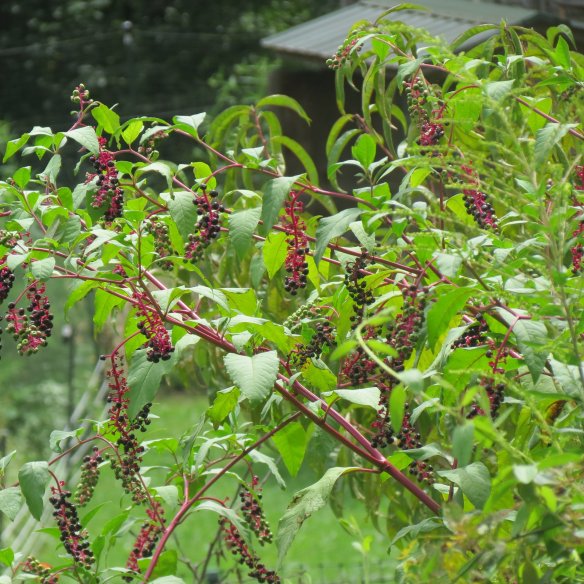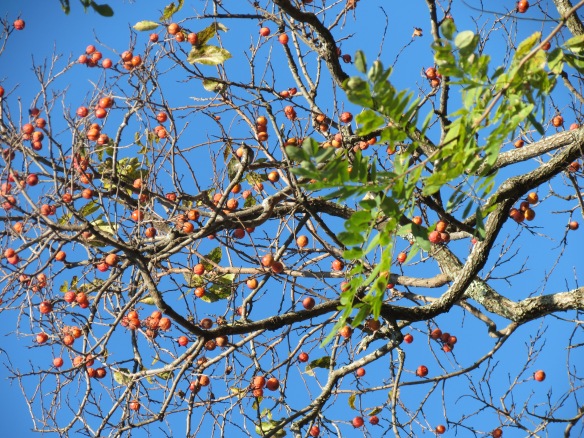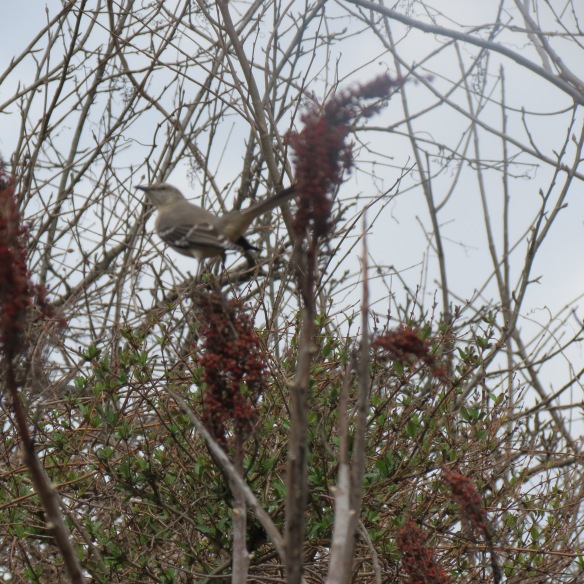Except for those animals that hibernate, wild animals walk a tightrope every day in winter. They have to eat enough to produce the energy needed to get through the night without freezing to death, but time spent foraging increases their risk of themselves being a meal for a predator.
This is the first in a series of wild foods that play an important role in sustaining wildlife through winter. This post is about the persimmons, a little known and largely ignored, but magnificent fruit (actually it’s a berry) that is an important source of food and energy for birds and other wildlife.

Most persimmons live in obscurity until autumn. Once the tree begins shedding its leaves, its crop of an inch to 2-1/2-inch-long fruits look much like small, orange Christmas ornaments hanging on the tree’s naked branches.

Birds that dine on persimmons include wild turkeys, robins, cedar waxwings, catbirds, robins, pileated woodpeckers, and mockingbirds. Squirrels, opossums, and raccoons eat right from the tree, but other animals like deer, fox, bears, rodents, and skunks have to wait for the fruit to fall, which is actually when they reach their peak ripeness.
If persimmons are ripe, their flattened, reddish brown seeds will show up in the scat of the animals that eat them. The seeds easily pass through the digestive tracts of these animals and are spread to spots far from the tree where they were devoured. Some of these seeds will later germinate to produce a new generation of persimmon trees.
Common persimmons are difficult to get established. Consequently, when clearing a lot for a new home or maintaining a fence line, leave some of the persimmon trees that you find. If you have one standing on your property, don’t cut it down. The tree will provide a dependable source of fruits for your wildlife neighbors for years to come.





